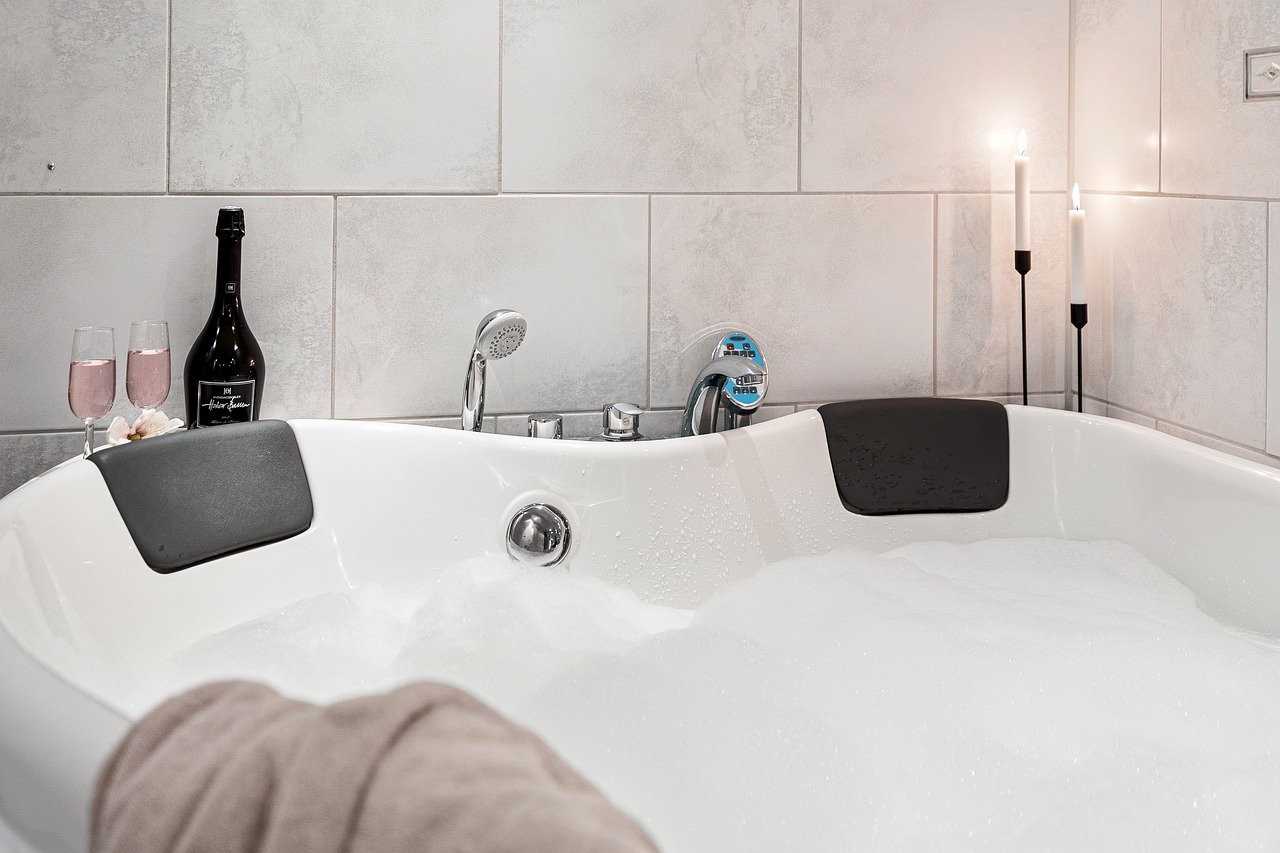Transform Your Bathing Experience: The Rise of Walk-In Tubs in Modern Bathrooms
Walk-in tubs have become increasingly popular among seniors and individuals with mobility issues, offering a safer and more comfortable bathing experience. These specialized bathtubs feature a watertight door that allows users to enter and exit without stepping over a high tub wall. As the demand for these accessible bathing solutions grows, it's essential to understand the costs involved, financing options available, and potential Medicare coverage.
What Are the Average Costs of Walk-In Tubs?
The cost of walk-in tubs can vary significantly depending on factors such as size, features, and installation requirements. On average, a basic walk-in tub may range from $2,000 to $5,000, while more luxurious models with advanced features like hydrotherapy jets or chromotherapy lighting can cost upwards of $10,000 to $20,000. Installation costs typically add another $1,000 to $3,000 to the total price, depending on the complexity of the project and any necessary bathroom modifications.
What Financing Options Are Available for Walk-In Tubs?
For many homeowners, the upfront cost of a walk-in tub can be a significant investment. Fortunately, several financing options can help make this purchase more manageable:
-
Home equity loans or lines of credit: These allow you to borrow against the equity in your home, often at lower interest rates than personal loans.
-
Personal loans: Unsecured loans from banks or online lenders can provide quick funding for your walk-in tub purchase.
-
Manufacturer financing: Some walk-in tub companies offer their own financing programs, which may include low-interest or deferred payment options.
-
Credit cards: While not ideal for large purchases due to high interest rates, some credit cards offer introductory 0% APR periods that could be useful for short-term financing.
-
Government assistance programs: Certain state or local programs may offer grants or low-interest loans for home modifications that improve accessibility for seniors or disabled individuals.
Does Medicare Cover Walk-In Tubs?
Medicare coverage for walk-in tubs is a common question among potential buyers. Unfortunately, Original Medicare (Part A and Part B) does not typically cover the cost of walk-in tubs, as they are considered a home modification rather than durable medical equipment. However, there are a few exceptions and alternatives to consider:
-
Medicare Advantage plans: Some Medicare Advantage (Part C) plans may offer additional benefits that could cover part of the cost of a walk-in tub or other bathroom safety modifications.
-
Medicaid: Depending on your state and individual circumstances, Medicaid may cover the cost of a walk-in tub through home and community-based services waivers or other programs designed to help seniors age in place.
-
Veterans benefits: The VA may provide funding for home modifications, including walk-in tubs, for veterans with service-connected disabilities.
What Are the Key Features to Look for in a Walk-In Tub?
When shopping for a walk-in tub, consider the following features to ensure you’re getting the best value for your investment:
• Low step-in height: Look for a threshold of 4 inches or less for easy entry and exit. • Quick-drain technology: This feature allows the tub to empty rapidly, reducing wait times. • Anti-slip flooring: Textured surfaces help prevent falls in wet conditions. • Handrails and grab bars: These provide additional support and stability. • Heated seating: Some models offer heated seats for added comfort during filling and draining. • Hydrotherapy jets: These can provide therapeutic benefits for arthritis and muscle pain. • ADA compliance: Ensure the tub meets Americans with Disabilities Act standards for accessibility.
How Can You Save Money on Walk-In Tub Installation?
While walk-in tubs can be a significant expense, there are ways to reduce costs without compromising on quality or safety:
- Compare multiple quotes from reputable dealers and installers.
- Look for seasonal sales or promotions offered by manufacturers.
- Consider a convertible walk-in tub that can be installed over your existing bathtub, potentially reducing installation costs.
- Explore local and state programs that may offer financial assistance for home accessibility modifications.
- Opt for a basic model with essential safety features rather than a luxury version with high-end amenities.
What Are the Long-Term Benefits of Investing in a Walk-In Tub?
| Benefit | Description | Potential Cost Savings |
|---|---|---|
| Increased Safety | Reduces fall risk, preventing potential medical expenses | $20,000+ per fall-related injury |
| Extended Independence | Allows seniors to age in place, delaying assisted living costs | $45,000+ annually for assisted living |
| Improved Health | Hydrotherapy can alleviate chronic pain and improve circulation | Varies based on medical conditions |
| Enhanced Home Value | Adds a desirable feature for aging-in-place buyers | Up to 50% of installation cost recouped |
Investing in a walk-in tub can provide numerous benefits beyond the immediate improvement in bathing safety and comfort. By reducing the risk of falls and injuries, these specialized tubs can help prevent costly medical expenses and promote independent living for seniors. While the initial cost may seem high, the long-term savings in healthcare and potential delayed need for assisted living can make walk-in tubs a wise financial decision for many households.
The shared information of this article is up-to-date as of the publishing date. For more up-to-date information, please conduct your own research.
This article is for informational purposes only and should not be considered medical advice. Please consult a qualified healthcare professional for personalized guidance and treatment.





